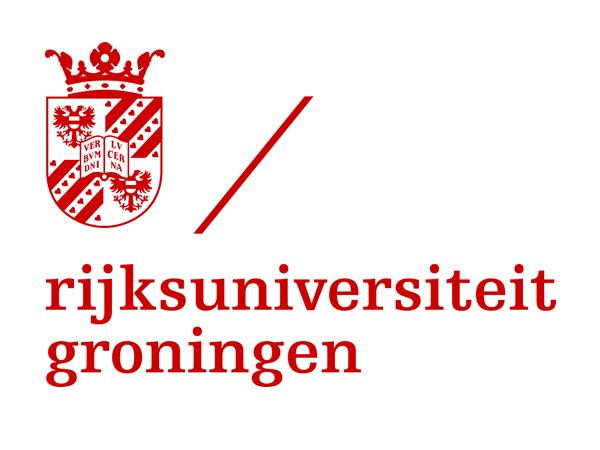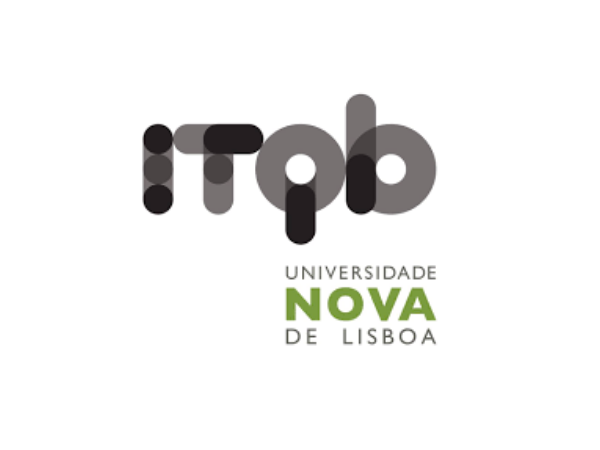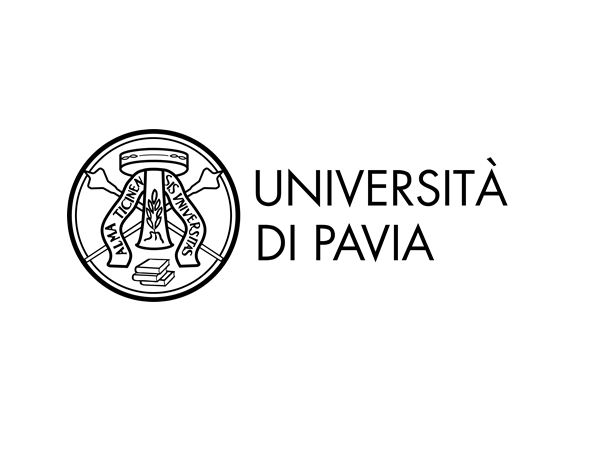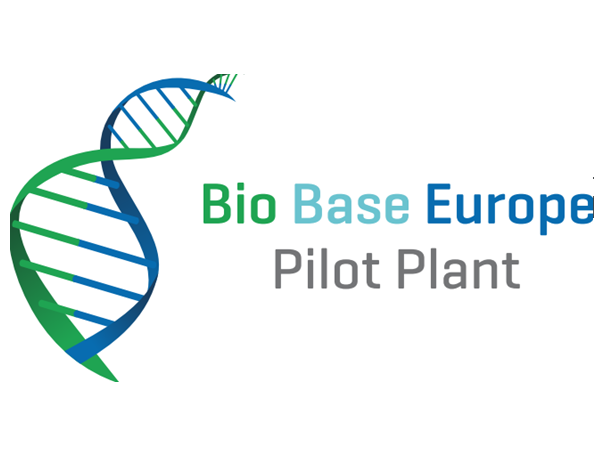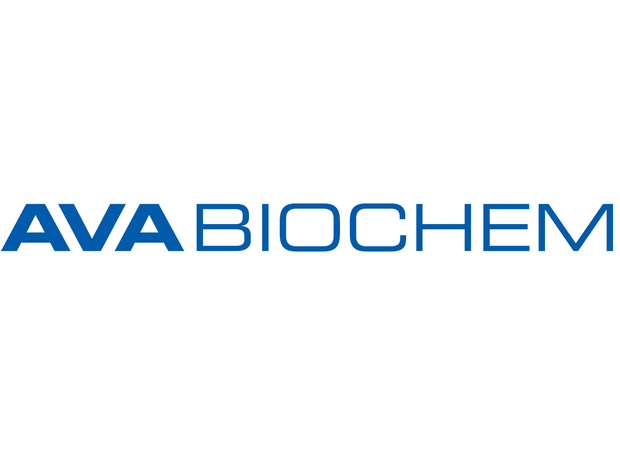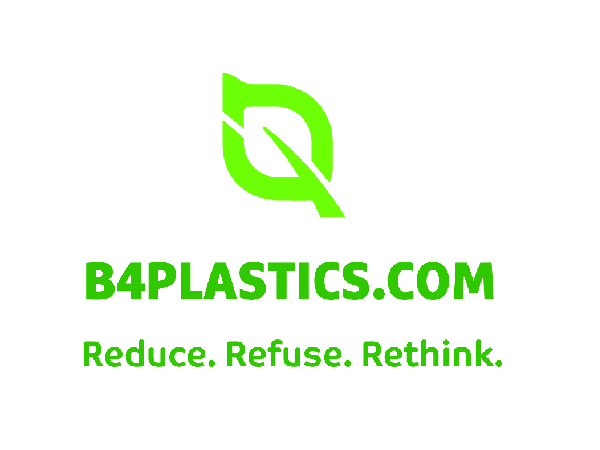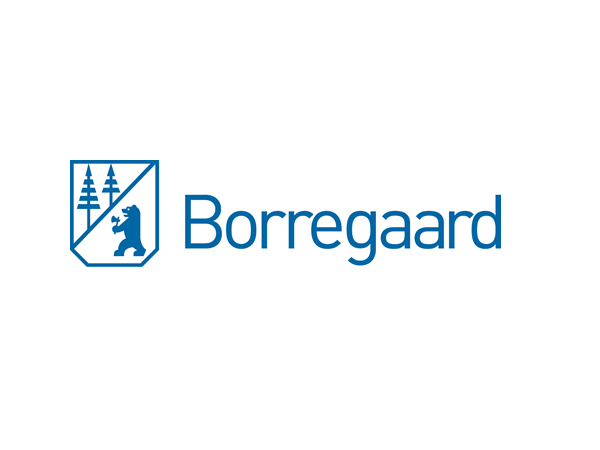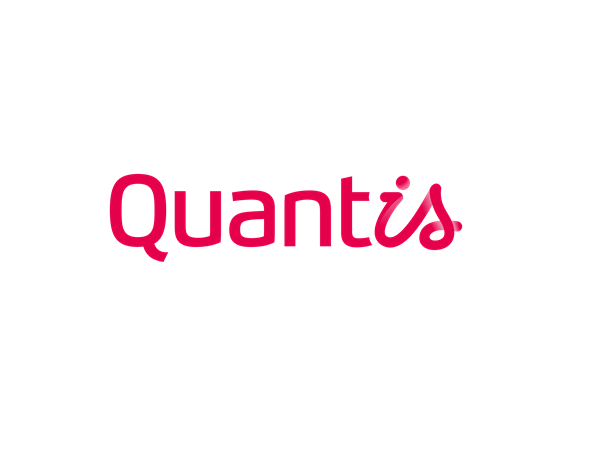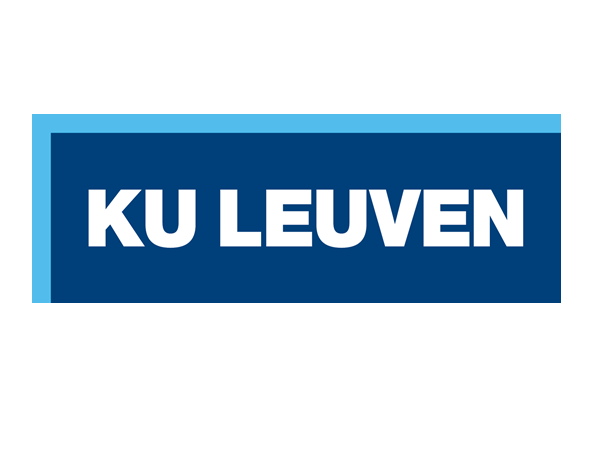Relying on the advanced engineering platform, SMARTBOX will develop the one-enzyme conversion of HMF into FDCA and intermediates, and the one-enzyme conversion of lignin monomers into a potential biobased building block for polycarbonates and vanillin. By adopting a 1-enzyme FDCA production process, the associated production costs and carbon footprint are expected to decrease significantly compared to SOTA chemical oxidation methods. The unique feature of SMARTBOX is that reductive catalytic fractionation (RCF) will be used to selectively produce specific lignin monomers from biomass in near theoretical yields. The structural similarity of the resulting monomers with the SMARTBOX building blocks allows the development of high-yielding processes with only one enzyme. Due to the smart combination between oxidative biocatalysis and RCF, the production of added-value bio-aromatics will proceed with higher yields than the state of the art.
SMARTBOX builds upon:
1. Computational enzyme engineering
Oxidative enzymes have the potential to substantially improve the economic and environmental sustainability of biorefineries. Enzyme-based processes rely on costly and relatively slow enzyme engineering technologies to improve the activity, selectivity and robustness of the enzymes. The SMARTBOX project is designed to address this issue by further developing and applying state-of-the-art computational enzyme engineering methods. This will reduce the costs and time associated with enzyme engineering by several factors. The ultimate ambition is to make oxidative biocatalysis an effective approach in biorefining.
Involved partners:
2. Added-value bio-aromatics
Biorefineries should add value to biomass, that is carbohydrates and lignin, in a limited number of processing steps. Only then will they be sustainable from an economic and environmental perspective. SMARTBOX exploits the synergy between two highly selective technologies: Reductive Catalytic Fractionation and oxidative biocatalysis. The intrinsic characteristics of both allow the transformation of biomass into added-value bio-aromatics, such as vanillin, polycarbonate building blocks and FDCA. The bio-aromatics developed in SMARTBOX target the flavors and fragrances industry, the polycarbonate industry and the specialty polymers industry.
Involved partners:
3. Reductive Catalytic Fractionation
The valorization of lignin remains a daunting challenge for biorefineries. Lignin’s conversion into aromatic specialty chemicals seems an alluring opportunity to increase its value substantially. Such a “lignin-to-chemicals” approach relies on lignin depolymerization as key technology. The persisting bottleneck is that a very complex mixture of multiple aromatic compounds is generated, complicating the production of added-value chemicals in high yield.
Reductive Catalytic Fractionation (RCF) of biomass is an emerging technology to overcome this issue. Compared to conventional biomass fractionation technologies, RCF results in the formation of a lignin oil that displays a much more narrow product spectrum. By connecting RCF and oxidative biocatalysis for the very first time, added-value lignin applications will be enabled.
Involved partners:
Oxidative enzymes have the potential to substantially improve the economic and environmental sustainability of biorefineries. Enzyme-based processes rely on costly and relatively slow enzyme engineering technologies to improve the activity, selectivity and robustness of the enzymes. The SMARTBOX project is designed to address this issue by further developing and applying state-of-the-art computational enzyme engineering methods. This will reduce the costs and time associated with enzyme engineering by several factors. The ultimate ambition is to make oxidative biocatalysis an effective approach in biorefining.
Biorefineries should add value to biomass, that is carbohydrates and lignin, in a limited number of processing steps. Only then will they be sustainable from an economic and environmental perspective. SMARTBOX exploits the synergy between two highly selective technologies: Reductive Catalytic Fractionation and oxidative biocatalysis. The intrinsic characteristics of both allow the transformation of biomass into added-value bio-aromatics, such as vanillin, polycarbonate building blocks and FDCA. The bio-aromatics developed in SMARTBOX target the flavors and fragrances industry, the polycarbonate industry and the specialty polymers industry.
The valorization of lignin remains a daunting challenge for biorefineries. Lignin’s conversion into aromatic specialty chemicals seems an alluring opportunity to increase its value substantially. Such a “lignin-to-chemicals” approach relies on lignin depolymerization as key technology. The persisting bottleneck is that a very complex mixture of multiple aromatic compounds is generated, complicating the production of added-value chemicals in high yield.
Reductive Catalytic Fractionation (RCF) of biomass is an emerging technology to overcome this issue. Compared to conventional biomass fractionation technologies, RCF results in the formation of a lignin oil that displays a much more narrow product spectrum. By connecting RCF and oxidative biocatalysis for the very first time, added-value lignin applications will be enabled.

